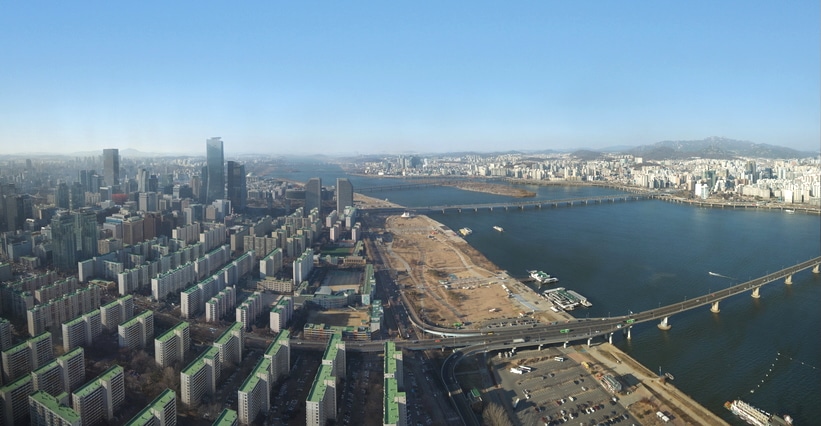This post was originally published on Eco Watch
As global warming worsens, green spaces in urban areas will play an important role in providing respite. According to a new analysis, these urban green spaces will be crucial in preventing heat-related deaths, which have been on the rise in recent years.
The analysis, published in BMJ Open, reviewed a selected 12 studies on the influence of urban green spaces on heat-related diseases and deaths published from January 2000 to December 2022. The studies took place in Hong Kong, Australia, Vietnam, the U.S., South Korea, Portugal and Japan.
According to the analysis, green spaces showed to improve health for residents of urban areas, and these green spaces were particularly beneficial to vulnerable populations, including elderly adults and children.
Studies in Australia and Japan revealed that adding more vegetation to urban spaces could reduce heat, including by 0.5 to 2 degrees Celsius in Melbourne Central Business District specifically, as well as reduce mortality rates related to heat stress. Further, the analysis determined that urban green spaces could reduce heat-related diseases and deaths as well as provide economic value.
On the other hand, one study examined in the analysis found that about one in four lives lost in heat waves could be saved, and a study in Seoul, South Korea revealed that areas with low vegetation and high temperatures had a high mortality effect.
“A review of urban greenery and its effect on heat-related morbidity and mortality suggests that urban green spaces, such as parks and trees, can have a positive impact on reducing the negative health effects associated with high temperatures,” the analysis authors wrote. “Studies have found that areas with more green space have lower rates of heat-related morbidity and mortality compared with areas with less green space. Moreover, urban greenery can also have a positive impact on mental health and well-being, which can also contribute to reducing the negative health effects of high temperatures.”
According to a separate study published in JAMA in August 2024, heat-related deaths increased by as much as 117% from 1999 to 2023 in the U.S. alone, or by around 63% when adjusting for age.
As such, the authors of that study had recommended that officials consider expanding access to public cooling and hydration centers to mitigate heat-related deaths.
Additionally, urban planners may want to consider integrating more green spaces for further physical and mental health benefits.
“Greenery helps lower ambient temperatures, which is especially beneficial during heatwaves in urban areas,” Ahsana Nazish, lead author of the analysis on urban green spaces and a researcher at the London School of Hygiene & Tropical Medicine, told Euronews. “Beyond physical health, access to green spaces enhances mental well-being, further mitigating the negative health impacts of high temperatures.”
Nazish added that cities will need to invest more in green infrastructure to increase resilience to global warming.
The post Urban Green Spaces Are Increasingly Vital for Preventing Heat-Related Deaths, Analysis Finds appeared first on EcoWatch.





0 Comments